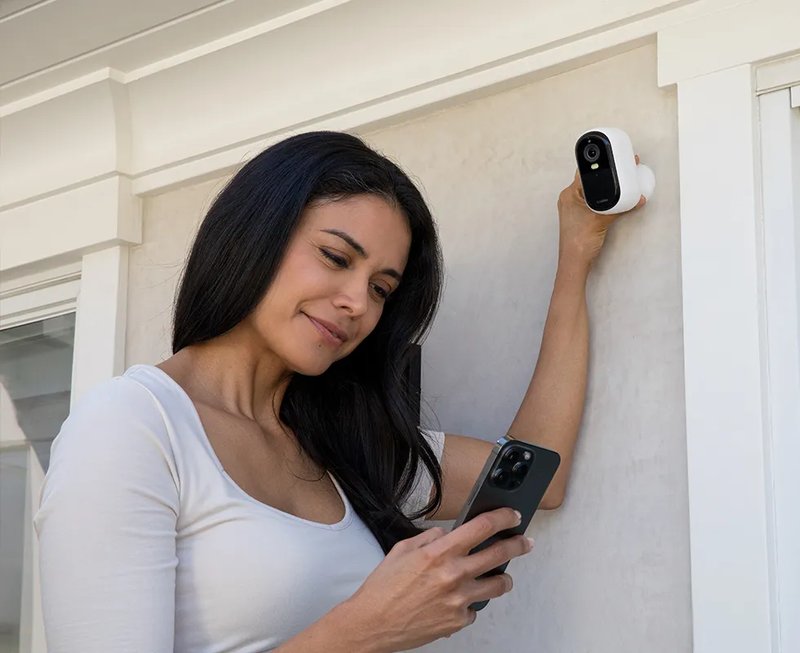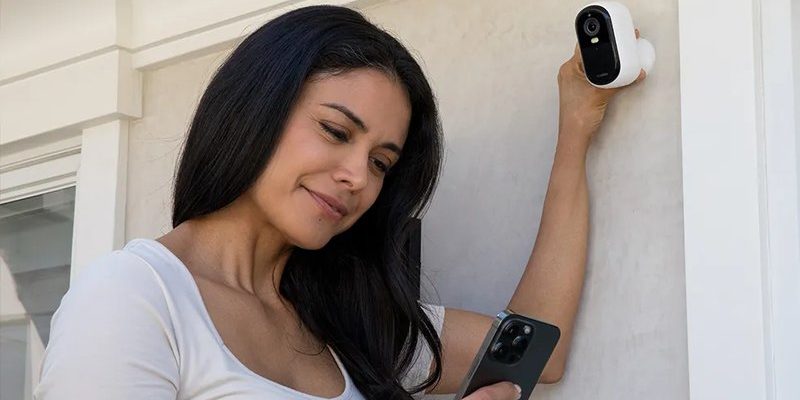
Here’s the thing: Arlo devices are tied to specific accounts, kind of like owning a phone. If the landlord bought and registered the cameras under their name, tenants can’t just hop on and take over with a quick signup. But—there are ways to navigate this, especially if everyone’s on the same page. Let me explain what’s going on behind the scenes, why it matters, and how tenants and landlords can work together to get those cameras synced up properly. It’s less about tech magic and more about understanding account ownership and device pairing.
How Arlo Devices Are Registered and Why It Matters
Arlo smart home devices don’t just plug and play like a light bulb. They require an account to work—this is where the device’s identity lives. When the landlord buys an Arlo camera, they create an Arlo account and link the device to it using a process called pairing or registration. This locks the device to their account, ensuring their access and control over the cameras.
Why does this account tie-in matter? Well, the account acts like the master key. Only someone logged into the registered Arlo account can adjust settings, view live footage, or receive notifications. For tenants, this means if the cameras are still under the landlord’s account, they don’t have free reign to manage them—even if they’re technically living in the house where the devices are installed.
Think of it like renting a car with a GPS system: the owner (landlord) holds the settings and controls. You get to drive, but you don’t get to reset the routes or erase locations unless the owner gives you access. This setup protects privacy and security, but it also means tenants need permission or cooperation to use the devices fully.
Can Tenants Register the Arlo Cameras Themselves?
Honestly, tenants can’t just register Arlo devices purchased by landlords on their own. The system is designed to prevent exactly that. When a camera is already paired with a landlord’s Arlo account, attempts to register it with a new account will fail unless the device is reset first.
Resetting involves physically interacting with the camera—pressing a button for several seconds to erase the device’s memory. But here’s the catch: doing this without landlord permission could feel like breaking into someone else’s property. Plus, if the landlord is still relying on those cameras for security or monitoring, a reset might disrupt their setup unexpectedly.
So, technically, tenants *could* register the devices after a reset, but practically, it’s best to coordinate with the landlord. This collaboration avoids any messy misunderstandings, and ensures everyone knows who’s controlling what.
What Happens If a Tenant Tries Without Permission?
If a tenant simply tries to register the Arlo cameras without permission, the process will hit a hard stop at the registration or sync step. The app will prompt “Device already registered” or “Device is linked to another account.” It’s like trying to pair a Bluetooth speaker that’s still connected to someone else’s phone—you can’t sneak in without disconnecting the original device first.
At worst, unauthorized resets might lead to strained tenant-landlord relationships or concerns about security and privacy breaches. Arlo devices are cameras after all; everyone wants to be sure they’re used responsibly.
How Landlords Can Share Access with Tenants Safely
Here’s a practical workaround that keeps things peaceful: landlords can share Arlo device access with tenants through the Arlo app’s shared user feature. Instead of handing over account credentials (which is a no-no for security), landlords just add tenants as authorized users.
This lets tenants view live video, receive motion alerts, and use some features without owning the account outright. It’s like sharing a streaming service login but keeping the billing and main control with the landlord. Everyone stays in the loop, and privacy remains intact.
To do this, landlords:
- Log into their Arlo account online or via app
- Go to user management and add the tenant’s email as a shared user
- Set permissions so tenants can view or control specific cameras
Tenants get an invite, accept it, and *voila*—they can use the cameras without needing to register devices themselves.
Benefits of Sharing Instead of Registering
Sharing access avoids headaches. Tenants don’t have to mess with reset buttons or sync codes. Landlords maintain control over settings and billing. It also keeps the history and recordings centralized, which is really helpful if something goes wrong and footage is needed for legal or safety reasons.
Plus, shared access is flexible. Landlords can revoke permissions anytime, which helps when tenants move out or if there are any security concerns.
What If the Landlord Wants Tenants to Have Full Control?
Sometimes landlords want to hand over the reins completely—say, if there’s a long-term lease or tenants have specific needs for security. In these cases, the landlord can factory reset the Arlo devices and transfer ownership by:
- Resetting each camera using the physical reset button
- Removing the device from their own Arlo account
- Providing the tenant with the device info so they can register it under their own account
This process is basically like selling the device—or gifting it—because the original account no longer controls it.
However, it’s important that tenants understand the responsibility: they’re taking over everything from setup and troubleshooting to battery replacement and subscription plans. For example, Arlo’s cloud storage plans won’t transfer; tenants must set up their own subscriptions if they want recorded footage saved.
Troubleshooting Common Issues When Registering or Using Arlo Devices
Sometimes, even with permission, registering or syncing Arlo devices can hit snags. Here are a few common problems tenants might see, and how to handle them:
- Device isn’t detected during setup: Make sure the camera is powered, in pairing mode, and near the Wi-Fi router.
- “Device already registered” error: Check with landlord if the device is linked; it may need to be removed or reset.
- App can’t sync with camera: Restart the app, reset Wi-Fi connection, or reboot the device as a last resort.
- Battery issues: For wireless devices, low batteries can stop pairing. Confirm batteries are fresh or fully charged.
Pro tip: Most Arlo devices have a LED indicator to guide through pairing or reset. It’s worth consulting the specific model’s instructions for best results.
Universal Remotes vs. Brand-Specific Apps Like Arlo
You might wonder how Arlo compares to other types of remote systems or smart devices. Unlike traditional TV remotes or universal smart remotes that rely on infrared codes, Arlo’s devices use encrypted cloud accounts and Wi-Fi connections. This makes registration and control tied to the Arlo ecosystem only.
Why does this matter? Because you can’t just grab any app or remote and start managing an Arlo camera. You have to use their official app and be logged into the right account. This protects security, but it also highlights why tenants can’t simply register devices purchased by landlords.
Wrapping It Up: What Tenants Should Remember About Arlo Device Registration
So, can tenants register Arlo smart home devices purchased by landlords? The honest answer is no—not without cooperation. These devices are locked to the landlord’s Arlo account, requiring either permission to share access or a reset and transfer of ownership. Trying to register independently usually doesn’t work and can lead to frustration or privacy concerns.
If you’re a tenant, the best move is to chat with your landlord about access. Often, landlords are happy to share viewing permissions through the app without giving up full control. If full control is needed, a carefully coordinated reset and transfer are the way to go.
The key takeaway? Arlo’s system isn’t just about gadgets—it’s about *who holds the keys.* And in a rental situation, those keys usually stay with the landlord unless everybody agrees to hand them over.
Here’s hoping your next move includes smart home devices you can actually use without drama!
